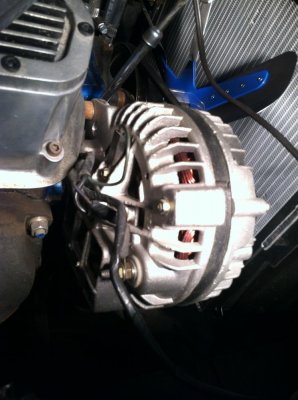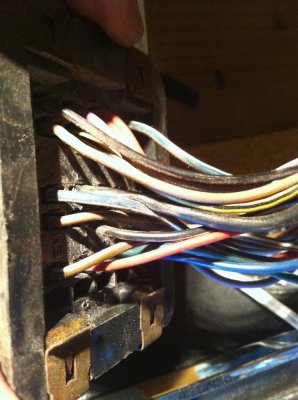NWCharger68
Member
Just bought a '68 Charger a few months ago and while driving last weekend I noticed that when I accelerated the gauges and radio would go dead and the ammeter would peg high. Pulled over to inspect and found the car wouldn't turn off. Made it home. Killed it by pulling the coil wire. Started looking into it last night. I have constant power on the blue wire at the key (key switch removed) as well as the brown. Brown would lose power if the ballast resistor is disconnected but blue is still live. Pulled bulkhead connector apart, looks decent, no melting. Can't figure how blue wire at key and bulkhead are getting power. Possible bridging at the plug for the key? Stumped.


















